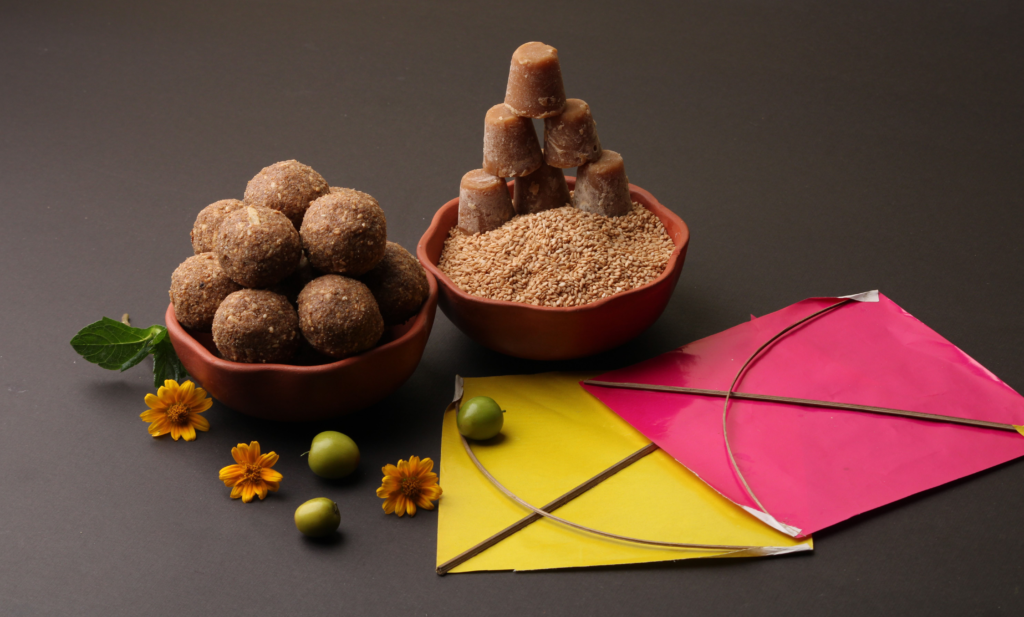
Table of Contents
- Introduction
- The Spirit of New Beginnings
- Makar Sankranti: A Harvest Festival of Joy
- Welcoming the New Year with Hope
- Cultural Significance and Traditions
- Festive Delights and Celebrations
- Embracing Change and Positivity
- Conclusion
Introduction
As the calendar turns a fresh page, the air fills with excitement, hope, and the promise of new beginnings. The arrival of the New Year marks an opportunity to reflect, set goals, and embrace positive changes. Around the same time, India celebrates Makar Sankranti, a festival that symbolizes the transition of the sun into the Capricorn zodiac sign. It is a time of joy, harvest, and gratitude, making the season even more special.
The Spirit of New Beginnings
New Year and Makar Sankranti both signify a fresh start. Whether it’s making resolutions, bidding farewell to the past, or welcoming the future with open arms, this period encourages introspection and renewed enthusiasm. It is a time to let go of negativity and embrace the endless possibilities that lie ahead.
Makar Sankranti: A Harvest Festival of Joy
Makar Sankranti, celebrated on January 14th or 15th, is one of the most auspicious festivals in India. It marks the end of the winter solstice and the beginning of longer, warmer days. This festival is deeply connected to agriculture, as farmers celebrate a successful harvest and express gratitude to the Sun God for a bountiful yield.
From flying vibrant kites in Gujarat to taking holy dips in rivers like the Ganges, each region celebrates Makar Sankranti in its unique way. The festival’s essence lies in sharing sweetness and fostering togetherness.
Welcoming the New Year with Hope
The New Year offers a clean slate to dream big and strive for personal and professional growth. It is a time to reconnect with loved ones, celebrate achievements, and plan for future success. The sense of hope and renewal brings communities together to mark the occasion with joy and optimism.
Cultural Significance and Traditions
Makar Sankranti is celebrated across India with diverse customs:
- Uttarayan in Gujarat: Known for its grand kite festival, the sky transforms into a canvas of colors.
- Pongal in Tamil Nadu: A four-day harvest celebration with traditional dishes and family gatherings.
- Lohri in Punjab: Marked by bonfires, folk songs, and dancing to celebrate the winter harvest.
- Magh Bihu in Assam: A time for community feasts and cultural festivities.
These regional variations reflect India’s rich cultural tapestry and the spirit of unity in diversity.
Festive Delights and Celebrations
No festival is complete without delicious treats! Makar Sankranti is synonymous with tilgul (sesame and jaggery sweets), chikkis, and pongal. These delicacies are not just a culinary delight but also symbolize sharing warmth and kindness. The act of exchanging sweets fosters goodwill and strengthens bonds.
Families come together to celebrate with laughter, music, and traditional rituals. Communities host fairs, kite-flying competitions, and cultural performances, spreading joy and cheer.
Embracing Change and Positivity
Both Makar Sankranti and the New Year encourage embracing change with optimism. Just as the sun shifts its course, we too can realign our goals and aspirations. It is an invitation to cultivate gratitude, spread kindness, and welcome every new chapter with open hearts.
Conclusion
Makar Sankranti and the New Year are more than just festive occasions—they are powerful reminders of renewal, hope, and community spirit. As you celebrate these joyous times, take a moment to reflect on your journey, cherish your loved ones, and step into the future with positivity. May this season bring you endless happiness, prosperity, and the courage to embrace new beginnings!

